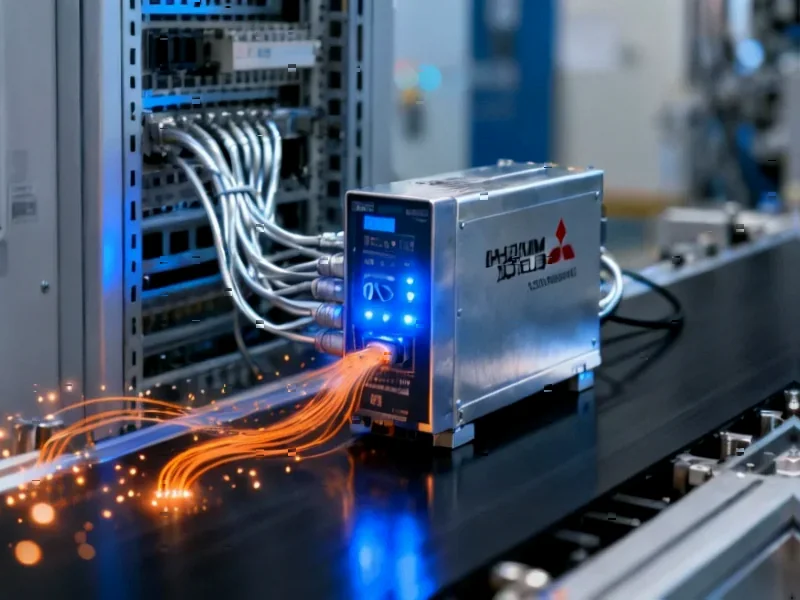According to Manufacturing AUTOMATION, PROFIBUS and PROFINET International (PI), AIM-D e.V., and the OPC Foundation announced on November 4, 2025 that they’re creating a universal positioning standard for industrial systems. They’ve released the OPC UA Companion Specification for Identification and Locating, which harmonizes spatial data models across different systems. The specification is now freely available on the OPC Foundation’s website and represents what they’re calling a milestone for industrial intelligence. Matthias Jöst, committee leader omlox at PI, explained that machines need this unified understanding for coordinated interaction between equipment and robots. The collaboration specifically targets physical AI initiatives, autonomous mobile robots, and self-organizing production environments. Basically, they’re trying to create one language for where everything is in a factory.
Why This Actually Matters
Here’s the thing – factories have been dealing with positioning chaos for years. Different systems from different vendors all have their own ways of tracking location. One robot might use one coordinate system while the conveyor belt next to it uses something completely different. It’s like having Google Maps, Apple Maps, and some random GPS all trying to give you directions simultaneously. This new spec could finally clean up that mess.
And the timing couldn’t be better. With everyone talking about Physical AI and autonomous systems, we’re hitting a wall where the intelligence is there but the basic spatial understanding isn’t. How can robots collaborate if they can’t agree on where they are? This standard might be the missing piece that actually makes smart factories… well, smart.
Who Wins and Who Doesn’t
Look, the big winners here are obviously companies building autonomous mobile robots and AI systems. They’ve been begging for something like this. Companies like AMR manufacturers can now focus on smarter algorithms rather than solving basic positioning problems over and over.
The losers? Well, any vendor who built their business on proprietary positioning systems just got their moat drained. If everyone’s using the same open standard, the competitive advantage of “our location tracking is better” pretty much evaporates. And honestly, that’s probably good for customers – less vendor lock-in, more interoperability.
But here’s a question: will this actually get adopted? Standards committees are famous for creating beautiful specifications that nobody uses. The fact that this is coming from three major organizations gives it a fighting chance, but the real test will be whether equipment manufacturers actually implement it.
What Comes Next
So what happens now? We’ll probably see a rush of “OPC UA spatial compliant” stickers on new industrial equipment within the next year. The early adopters will be the companies building the most advanced flexible production lines – think automotive and electronics manufacturing.
The interesting part will be watching how this plays with existing systems. Most factories can’t just throw out all their equipment. We’ll need bridge solutions and migration paths. But if this takes off, we might finally see the kind of seamless human-robot collaboration that’s been promised for decades.
Basically, this could be one of those boring standards that quietly changes everything. It’s not sexy, but it might be exactly what industry needs to move from dumb automation to true intelligence.




